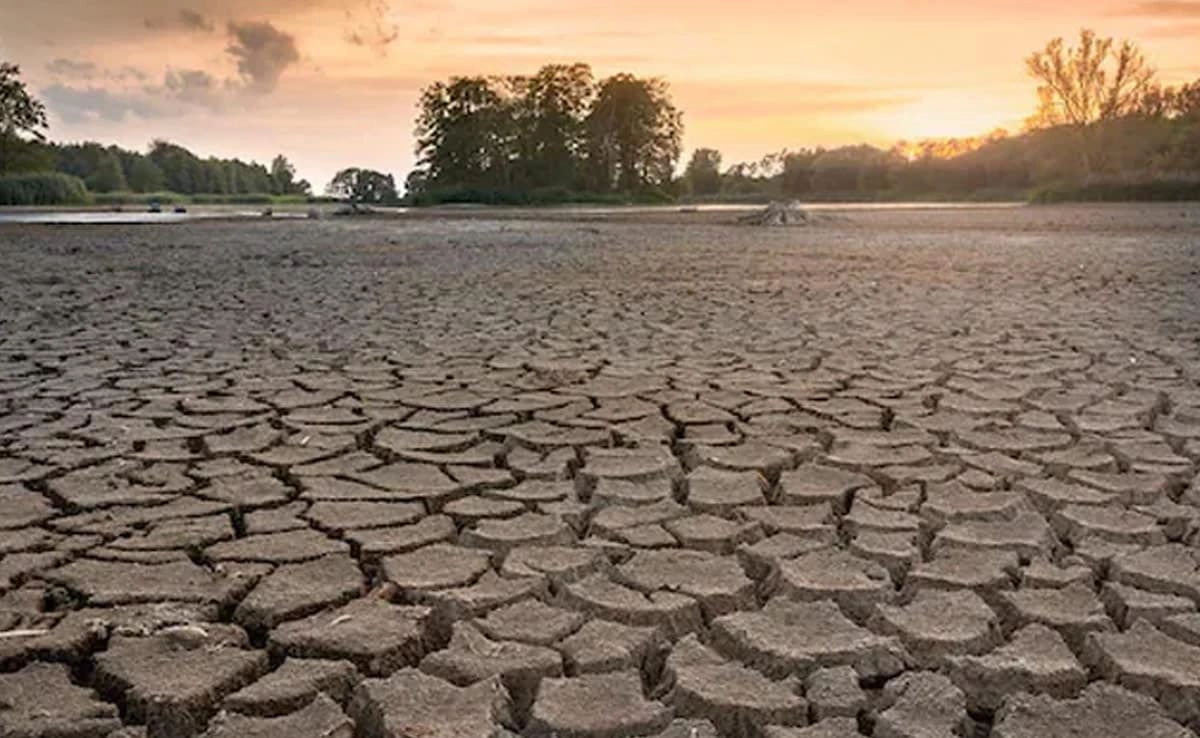In a remarkable turn of meteorological events, Rajasthan has experienced an unprecedented surge in rainfall, recording 128% more precipitation than normal for the month of June, according to the latest report from the state’s weather office. This significant deviation from the expected weather patterns has raised eyebrows among climatologists and meteorologists alike, as it highlights the impact of changing climatic conditions. The unusual rainfall is not only noteworthy for its volume but also for the implications it holds for agriculture, water resources, and overall ecological balance in the region.
The heavy downpour has been a double-edged sword for the state, which often grapples with severe drought conditions. On one hand, the excessive rain can rejuvenate parched lands, fill reservoirs, and provide relief to farmers who depend on timely monsoon rains for their crops. On the other hand, such an increase in rainfall can lead to flooding, soil erosion, and other related disasters, which may adversely affect the very farmers it aims to support. The weather office has issued advisories to the local authorities and communities to prepare for potential flooding and to take necessary precautions to mitigate the risks associated with such extreme weather patterns.
The 128% increase in rainfall is indicative of a broader trend that has been observed in various parts of the country, where erratic weather patterns are becoming more common. Experts believe that climate change is a significant factor contributing to these fluctuations, with warmer temperatures leading to increased evaporation and, consequently, more intense rainfall events. As Rajasthan continues to grapple with these changes, the need for effective water management strategies and sustainable agricultural practices becomes increasingly critical. Policymakers and stakeholders must collaborate to adapt to these new realities, ensuring that both the benefits and challenges posed by such weather phenomena are addressed adequately.
In conclusion, the current weather patterns in Rajasthan serve as a stark reminder of the complexities associated with climate change and its impact on regional weather systems. With 128% more rain than normal recorded in June, the state stands at a crossroads, where it must harness the potential benefits of this rainfall while also preparing for its associated risks. As the region navigates these challenges, it underscores the importance of proactive measures and community resilience in facing the uncertainties of a changing climate.




